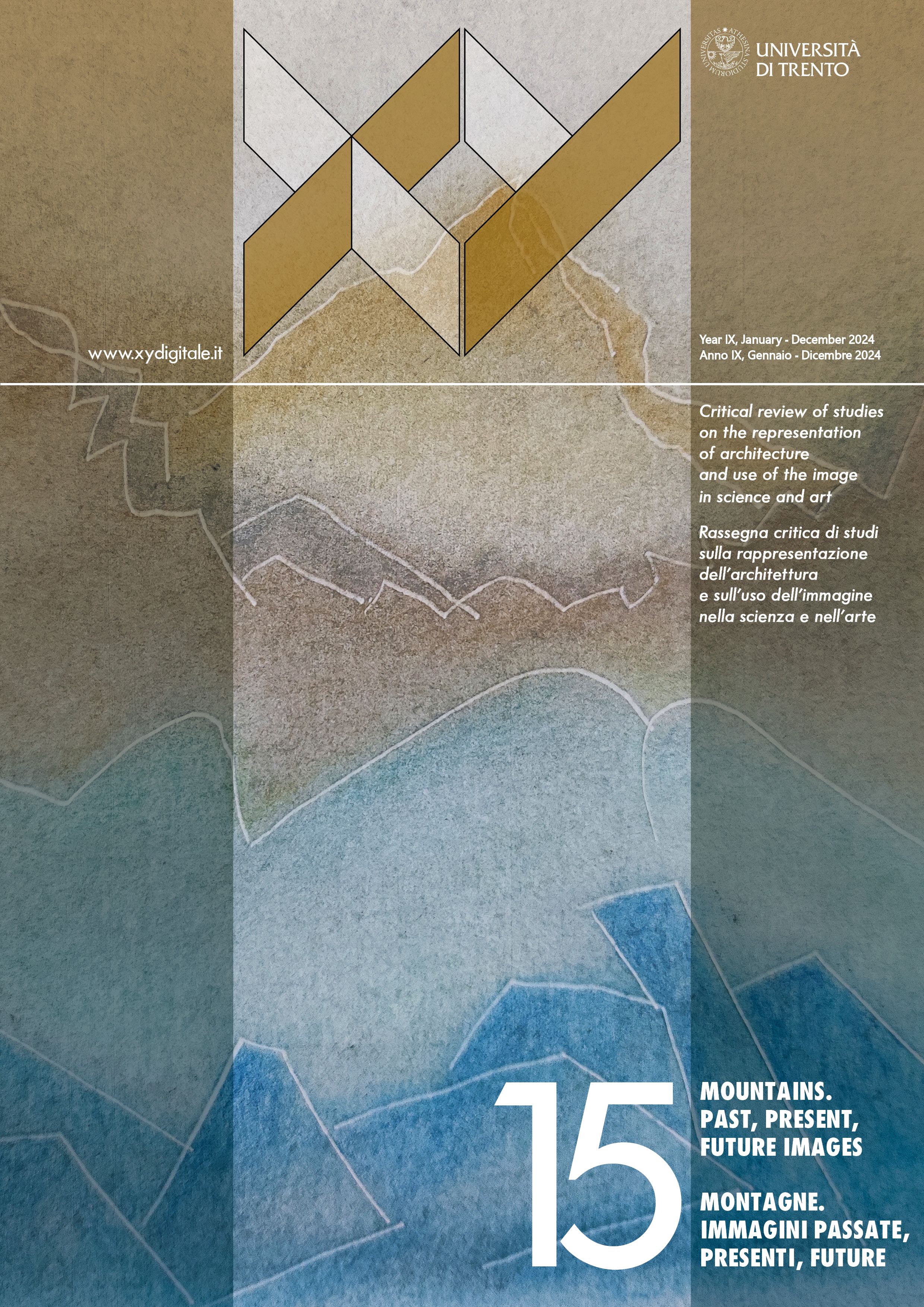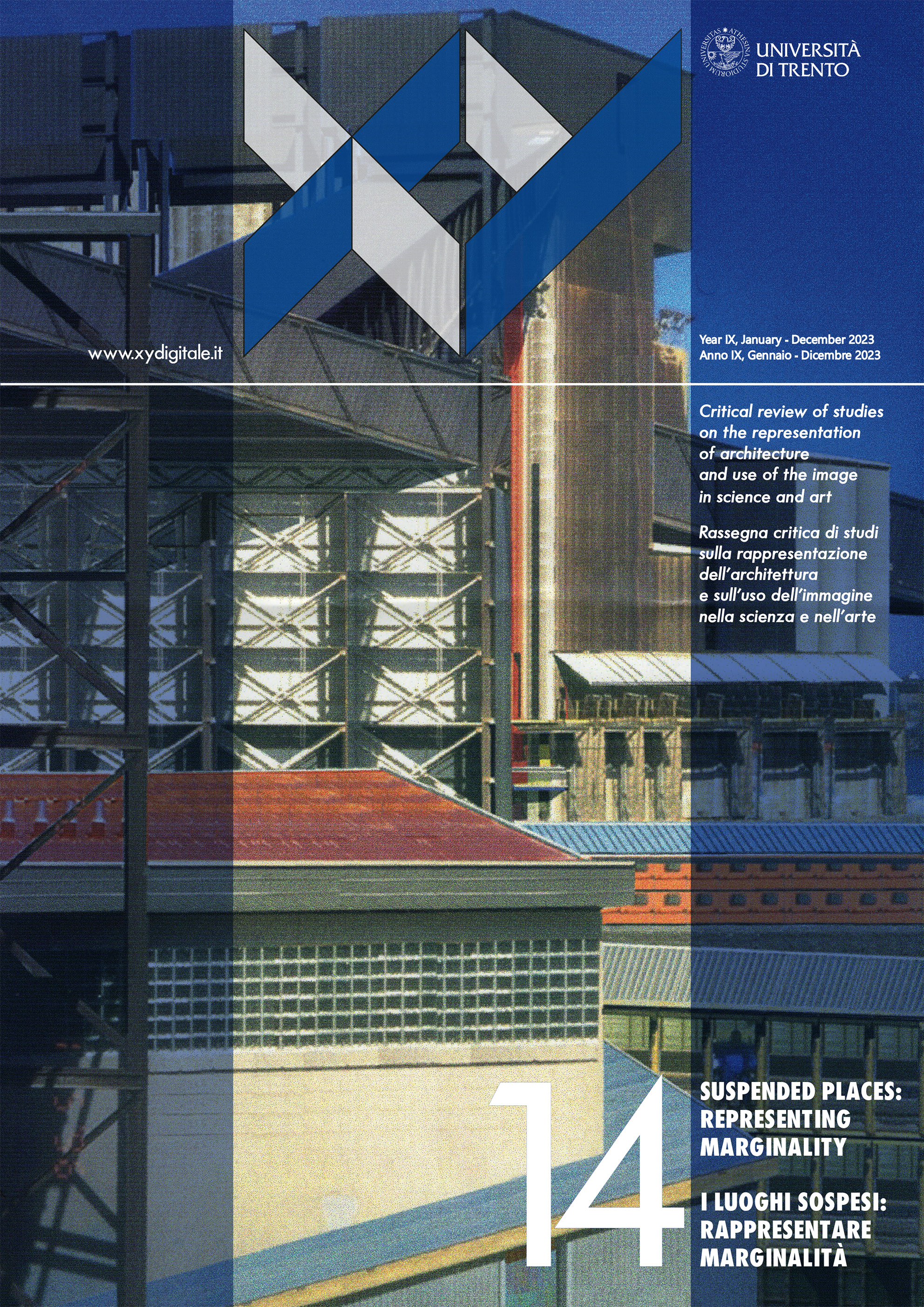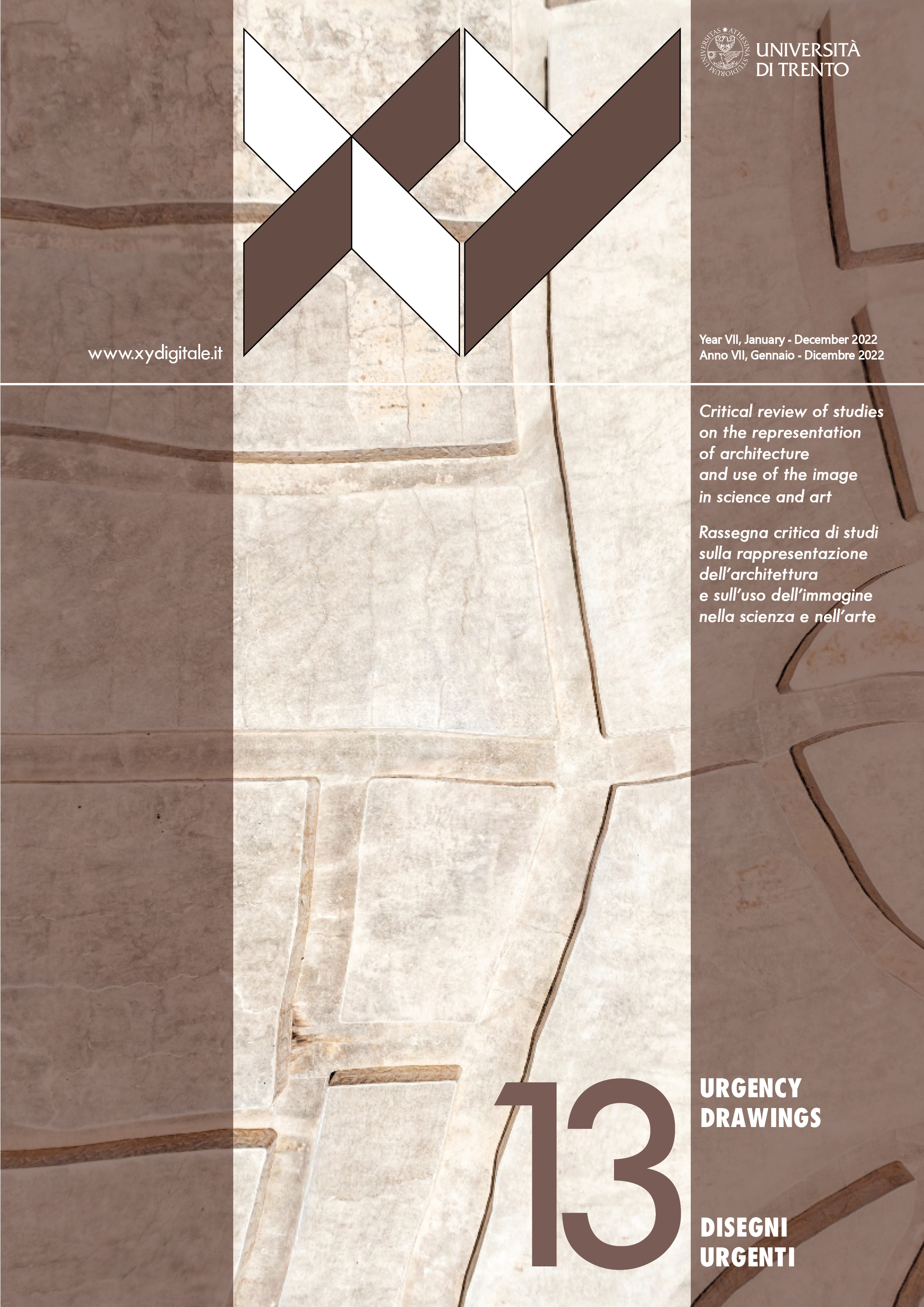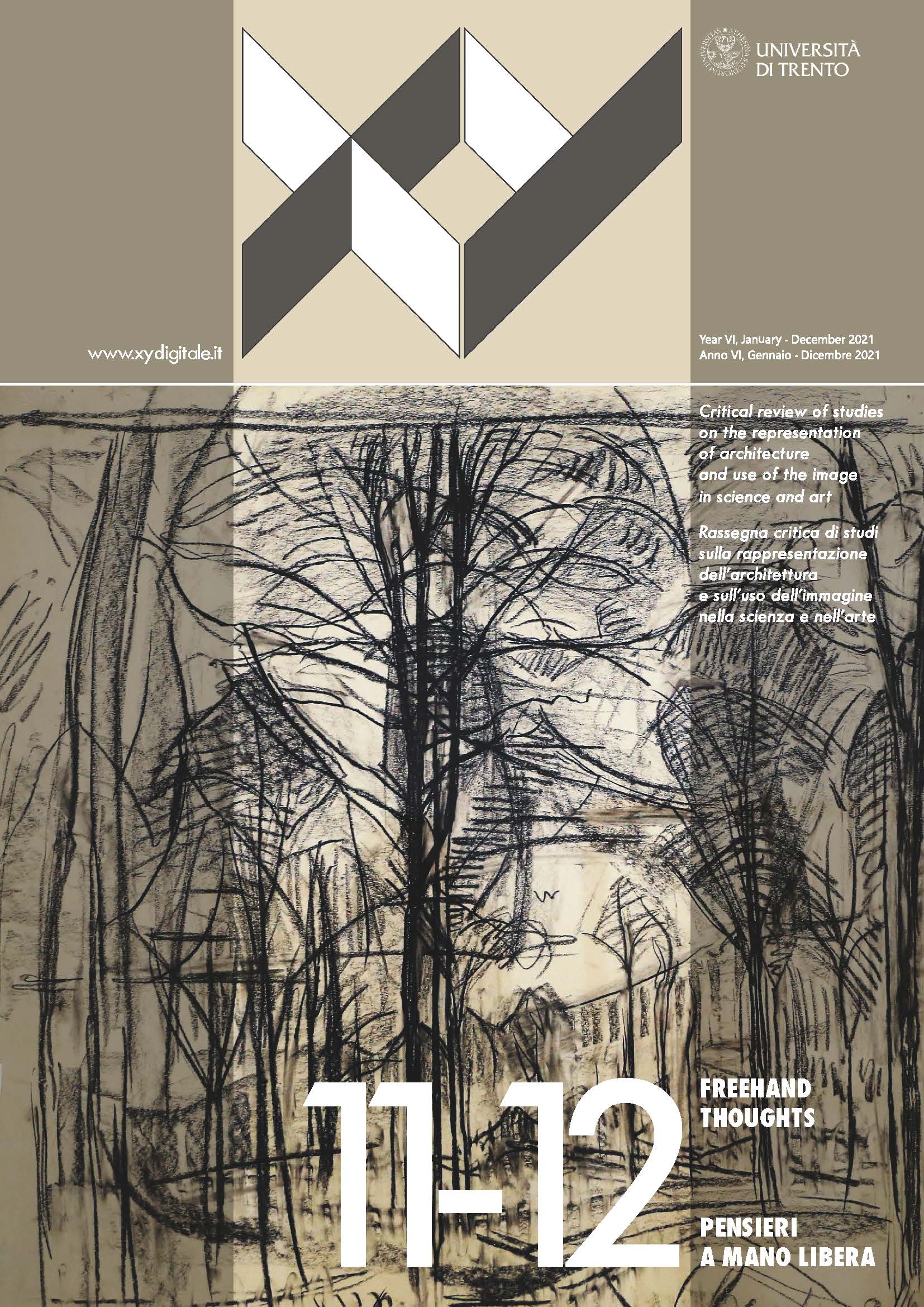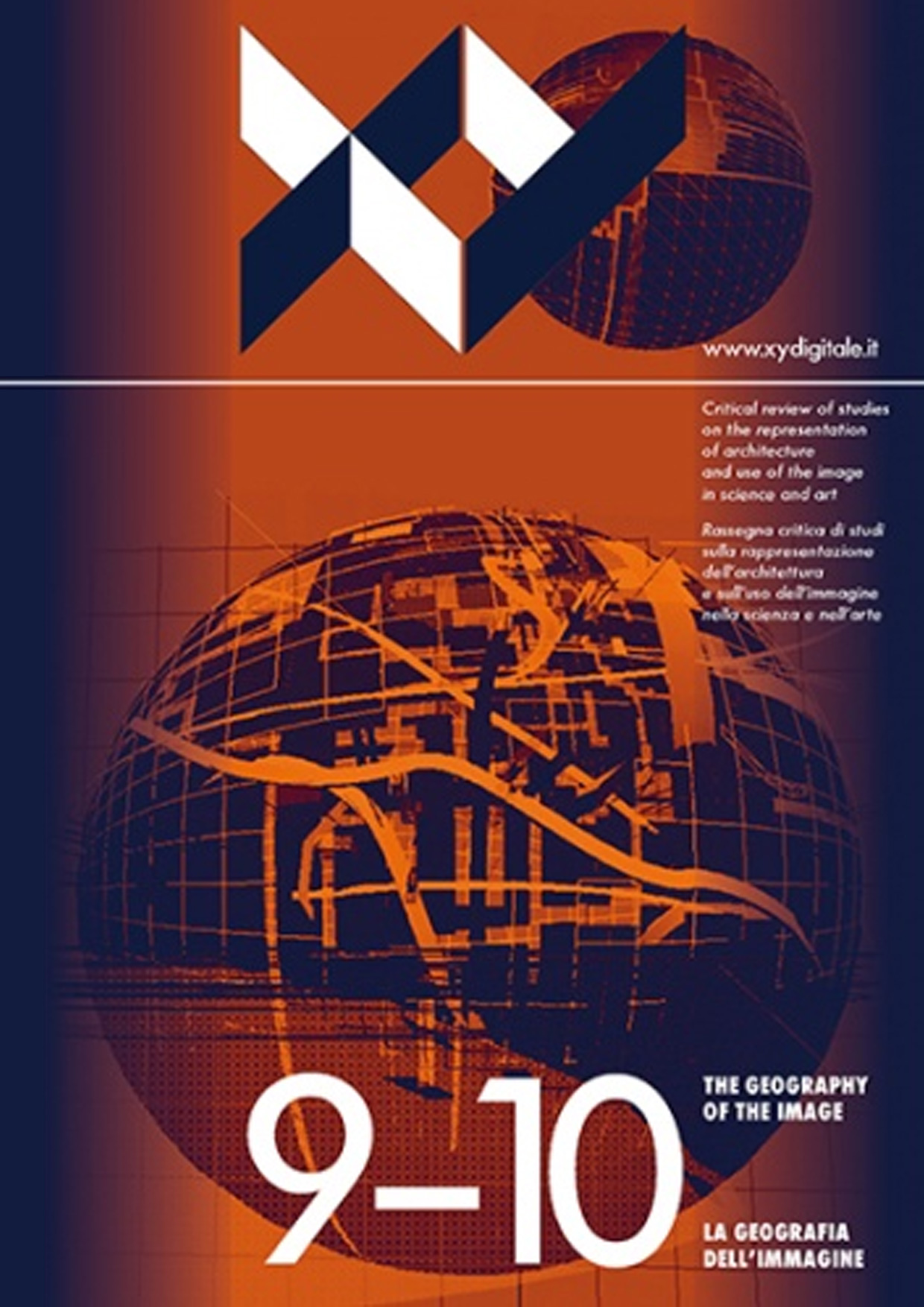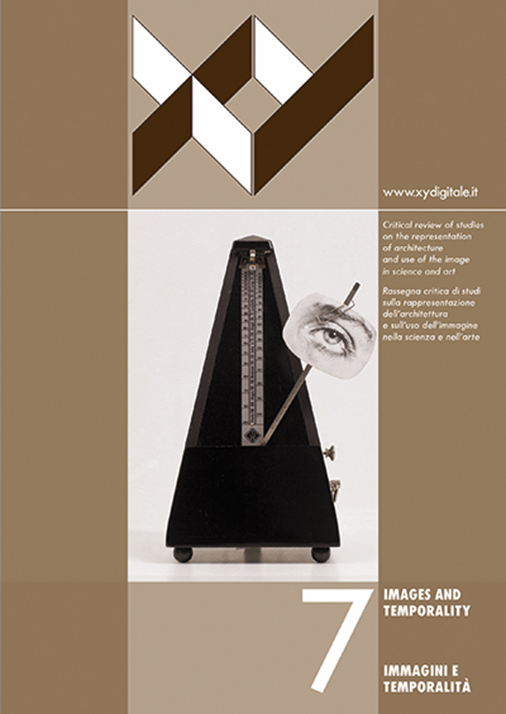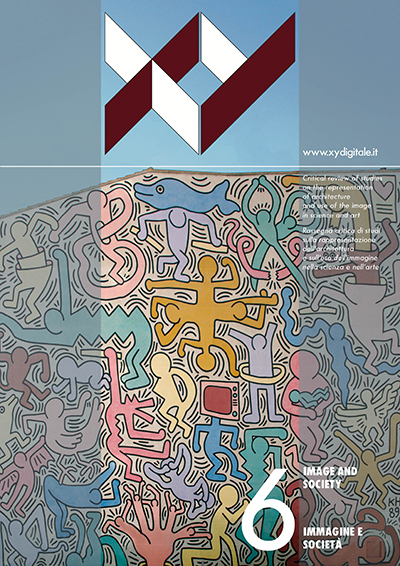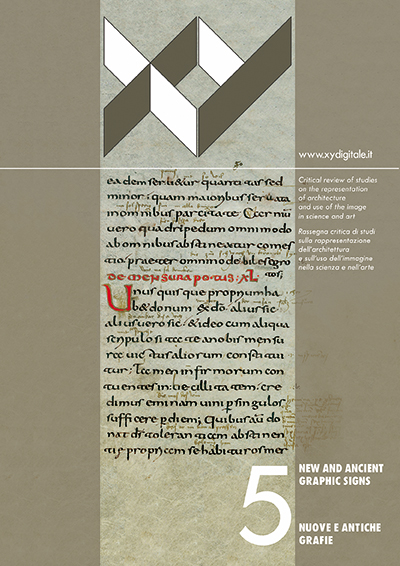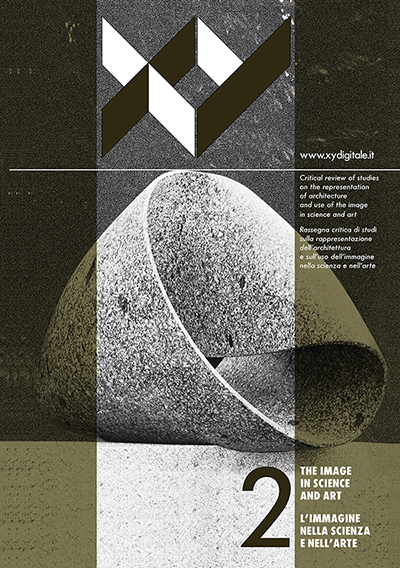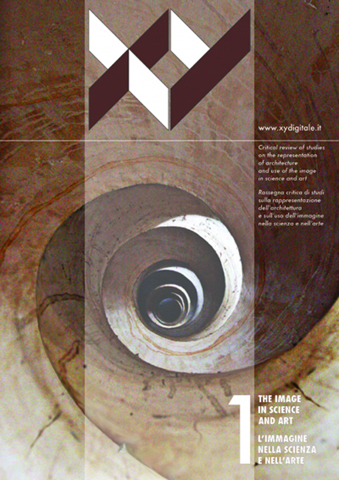Archives
-
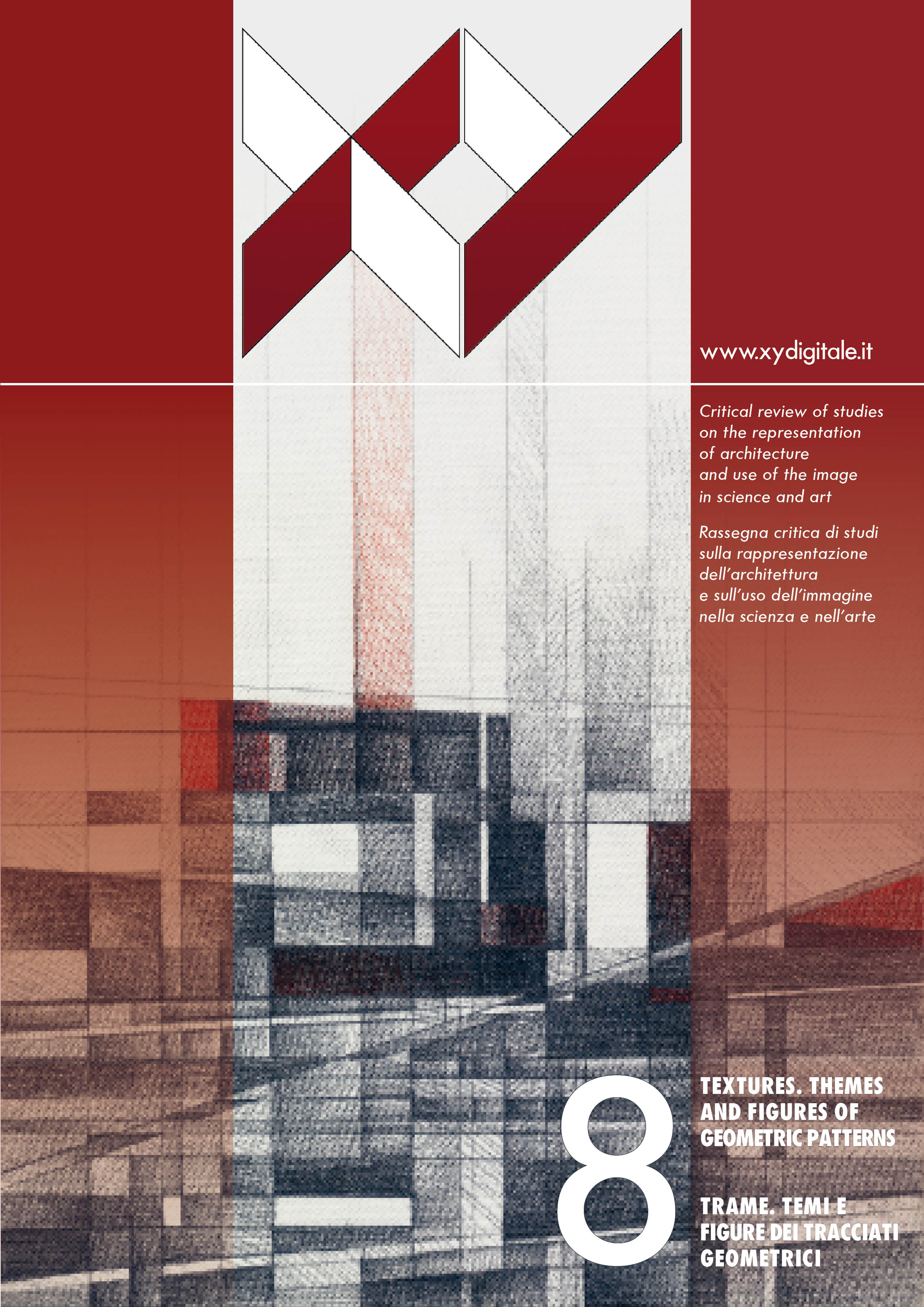
Textures. Themes and figures of geometric patterns
Vol. 4 No. 8 (2019)ISBN (online): 978-88-8443-922-2
-
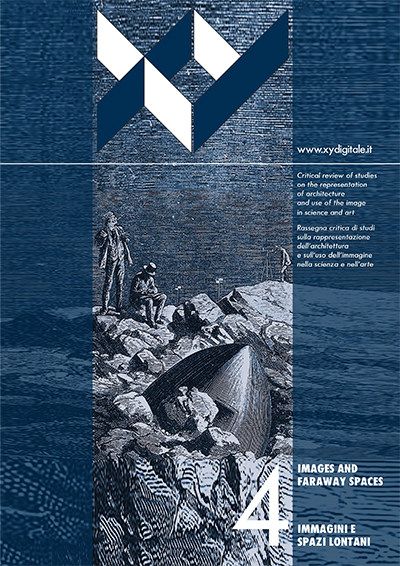
Images and faraway spaces
Vol. 2 No. 4 (2017)ISBN (online): 978-88-8443-779-2
The 4th number of XY journal was conceived in April 2017 in Paris, at the Italian Cultural Institute, on the occasion of the event “Arte Spazio Immagine” organized and moderated by Alessia Bennani about the public presentation of the SPAC3 App, a project of the European Spatial Agency connected to the “VITA Mission” by astronaut Paolo Nespoli and to the work of the artist Michelangelo Pistoletto (all the details here). This issue of XY opens with the essay by Fabrizio L’Abbate and the contribution of RAM radioartemobile, which document the reflections that emerged in the meeting curated by Alessia Bennani, and also welcomes the thought of scientists, scholars and artists who are urged to discuss the complex relationships between images and “faraway spaces”.
-
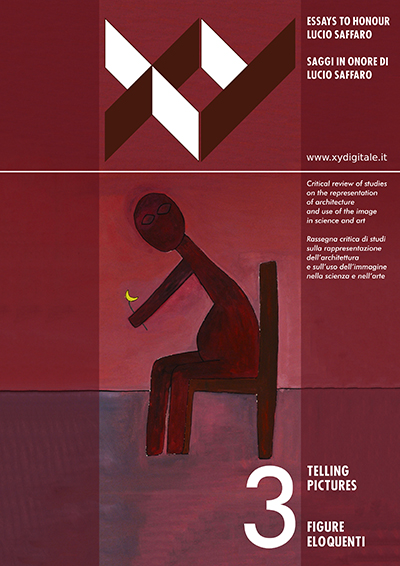
Telling Pictures. Essays to honour Lucio Saffaro
Vol. 2 No. 3 (2017)ISBN (online): 978-88-8443-748-8
-
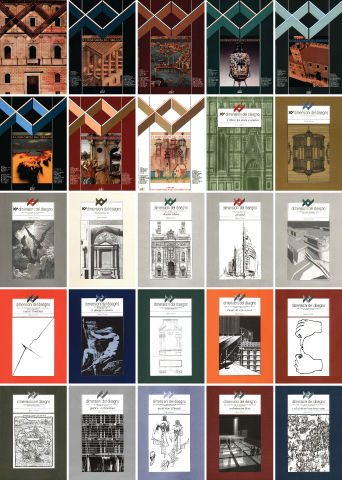
The old series since 1986 until 2002
No. 1-46“XY dimensioni del disegno” was the first magazine, since 1986, to deal with cross-cutting issues regarding visual studies and graphic communication within project and cognitive matters, immediately aiming for the avant-garde areas in history, theory, experimentation and application. Since 2016 “XY” is an open access and multilingual six–monthly review.
James S. Ackerman exhibited remarkable observations, of great historical interest, regarding new interpretations of Palladio's architecture.
Michele Emmer proposed challenging search raids on the fourth space-time dimension in the logic of graphic communication.
Decio Gioseffi expressed his thought on the operaticist origins of Girard Desargues's prospective theory and their consequence in the application developments of modern vision theories.
Ernst H. Gombrich addressed the theme of illusion in art, timeless argument, but opened to new original reflections.
Richard L. Gregory illustrated the vast subject of perceptual illusions and limitations of vision in visual learning strategies.
Corrado Maltese formulated the features of a theory of figurative language with reference to the relationship between perception and communication, in search of the existence of a double articulation also for the visual image.
Louis Pierre Grosbois addressed the cognitive implications of perception and representation in the world of the blind, in relation to environmental orientation and wellbeing.
Ruggero Pierantoni investigated the evolutionary processes of the concepts of "light" and "lumen" between philosophical reason and physical reason, comparing Euclidean logic with different epochal attributes of meaning.
Franco Purini opened the spontaneous language of urban peripheries to the invention of new design trends, then spread widely in recent decades according to various theoretical and application lines.
Lucio Saffaro addressed the issue of geometric abovementioned planes and space by linking mathematical contents to both theoretical references and figurative applications.

